 猛戳!跟哥们一起玩蛇啊 👉 《一起玩蛇》🐍
猛戳!跟哥们一起玩蛇啊 👉 《一起玩蛇》🐍
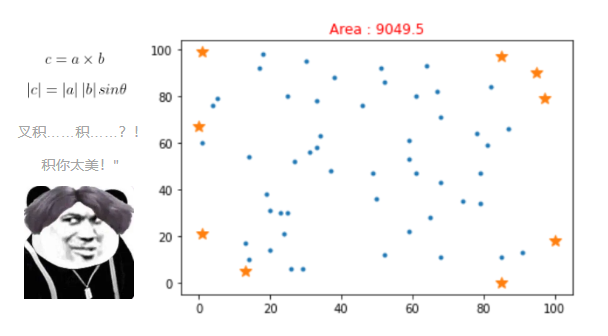
💭 写在前面:这个系列似乎反响不错, 所以我继续水下去 (bushi)。本篇博客是关于经典的 Cross Product and Convex Hull (向量叉积和凸包)的,我们将介绍引射线法,葛立恒扫描法。在讲解之前我会对前置知识做一个简单的介绍,比如向量叉积,如何确定直线是在顺时针上还是逆时针上等。算法讲解部分是为后面练习题做准备的,比如如何判断内点是否在多边形内,如何计算多边形面积等,还将简单介绍一下葛立恒扫描法,在提供的练习题中就能碰到。练习代码量200行左右,如果感兴趣想尝试做的话,需要有一定的耐心。练习题的环境为 Google Colaboratory(K80 GPU)Jupyter Notebook:colab
【高级软件实习】向量叉积和凸包 | 引射线法 | 判断点是否在多边形内部 | 葛立恒扫描法 | Cross Product and Convex Hul
Ⅰ. 前置知识
0x00 向量叉积(Cross product)
📚 概念:向量积 (Cross product),也可以称之为 "向量叉积" 。我更愿意称之为 "向量叉积",因为可以顾名思义 —— 叉积,交叉乘积!
" 叉积,叉积……积……?! 积你太美!"
 咳咳…… 它是一种在向量空间中向量的二元运算。
咳咳…… 它是一种在向量空间中向量的二元运算。
向量叉积不同于点积!其运算结果是一个向量,而非标量。
并且两个向量的叉积与这两个向量垂直。表示方法为 ,期中
代表向量。
💭 定义如下:
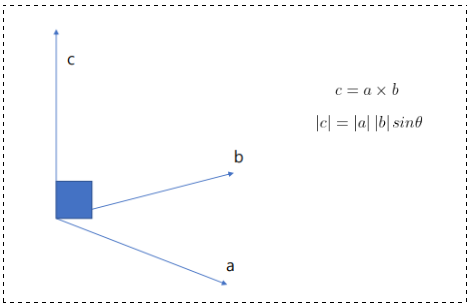
模长:这里的 表示两向量之间的夹角(共起点的前提下),范围
,它位于这两个矢量所定义的平面上。
方向:a向量与b向量的向量积的方向与这两个向量所在平面垂直,且遵守右手定则。
的长度在数值上等于以
,夹角为
组成的平行四边形面积。
- 因为在不同的坐标系中
可能不同,所以运算结果
是一个伪向量。
两向量的三角形的面积:
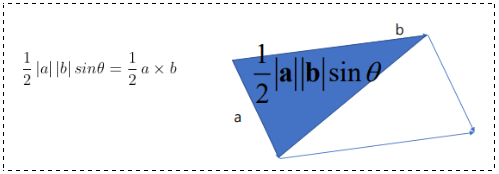
令向量 和
都在平面
上:

0x01 确定顺时针逆时针(Clockwise or Counter-clockwise)
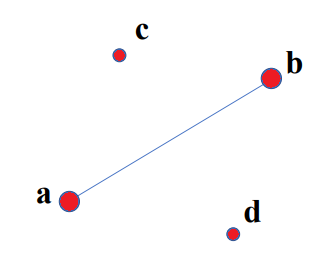
❓ 有什么好办法,可以确定点在直线 是在顺时针上还是逆时针上?
 我们可以用 叉积 "暗中观察" 点是否在直线
我们可以用 叉积 "暗中观察" 点是否在直线 的顺时针或逆时针方向上:
- ∵
的叉积指向显示的前方,∴
点在逆时针方向。
- ∵
的叉积指向显示的后方,∴
点在顺时针方向。
0x02 交叉点(Intersection)
 当每条线的端点位于另一条线的不同侧面时,两条线就会交叉:
当每条线的端点位于另一条线的不同侧面时,两条线就会交叉:

Ⅱ. 算法讲解部分
0x00 判断内点是否在多边形内(Inner points)
❓ 思考:如何检查平面上的一个点(point)是否在多边形内部?
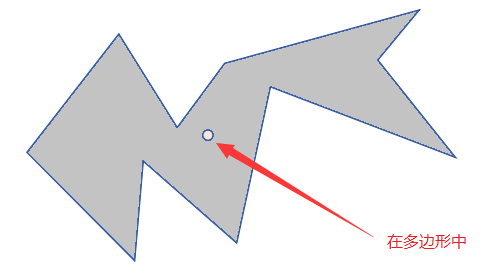
这里我介绍两种常用的方法,只在一侧法 和 引射线法。
① "只在一侧" 法:
只在一侧 (only on the one side) ,当一个点在每个多边形边的一侧(顺时针或逆时针)时,该点就在多边形的内部。
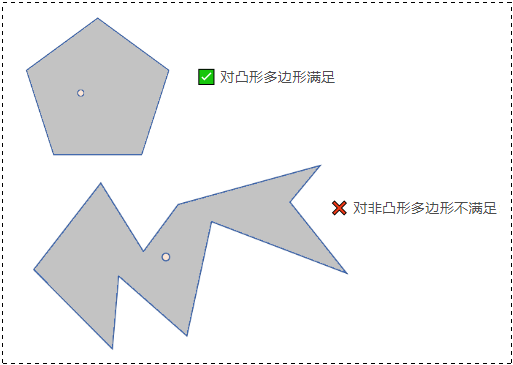
② 引射线法:
从目标点出发引一条射线,观察这条射线和多边形所有边的交点数目。如果有奇数个交点,则说明在内部,如果有偶数个交点,则说明在外部。
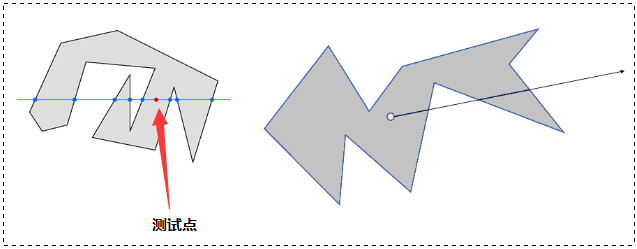
图中的红点是需要测试的点(我已标出),我们要确定它是否位于多边形内。
💡 解决方案:将多边形的每一边与测试点的
(垂直)坐标进行比较,并编译一个结点列表,其中每个节点是一个边与测试点的
阈值相交的点。在此示例中的多边形的 8 条边越过
阈值,而其他 6 条边则没有。那么,如果有奇数测试点每边的节点数,那就说明它在多边形内。如果测试点的每一侧都有偶数个节点,那么它在多边形之外。
在本示例中,测试点左侧有5个节点,右侧有3个节点。由于 5 和 3 是奇数,该测试点在多边形内。(注意:该算法不关心多边形是顺时针还是逆时针跟踪)
0x01 计算多边形的面积
💡 思路:
- 按逆时针方向对顶点进行排序。
- 找到
个顶点位于第
个节点和第
个节点的边缘的顺时针方向的三角形,并积累三角形的面积。
- 删除三角形并再次重复该过程,直到没有顶点为止。
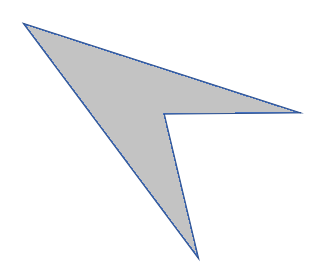
将所有边缘的叉积加起来,然后除以2。

sum += float(x1 * y2 - x2 * y1);根据一条边的方向,添加或减去三角形的面积。
 令人惊讶的是,只留下了多边形的面积:
令人惊讶的是,只留下了多边形的面积:
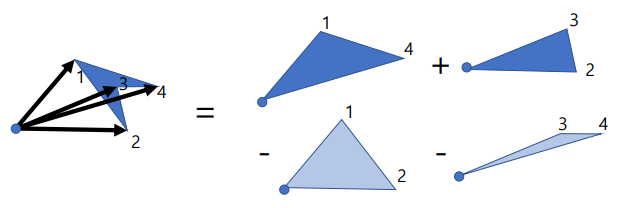
🔑 提示:其类似于边的叉积之和
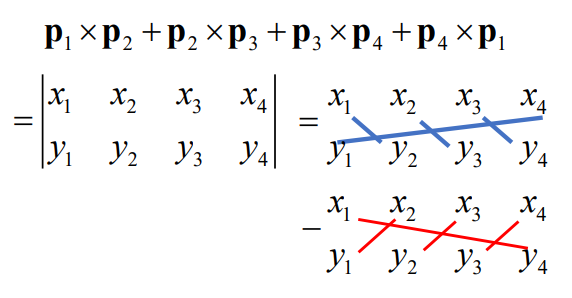
0x02 葛立恒扫描法(Graham Scan)
凸包计算(Computing a convex hull),给定平面点:
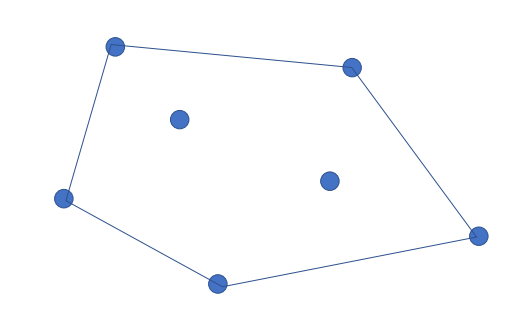
葛立恒扫描法(Graham Scan)
葛立恒扫描法(Graham's scan)是一种计算一组的平面点的凸包的算法。以在1972年发表该算法的葛立恒命名。
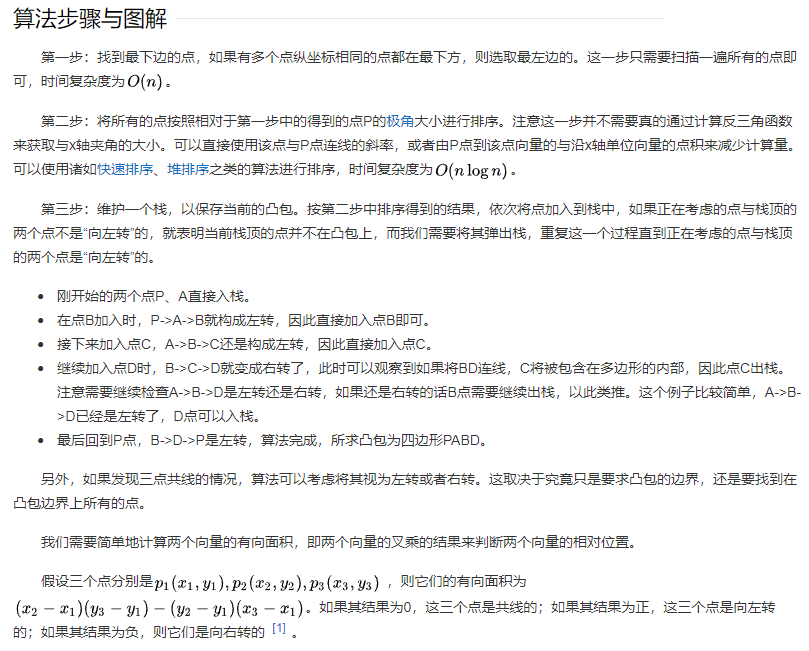
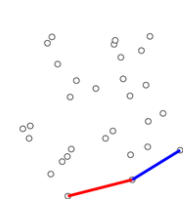
- 先找到左下角的点
(一定在凸包上)。
- 以
为原点,将其他的点按照极坐标排序,角度小的排在前,若角度相同,距离近的排在前。
入栈,从
(第三个点)开始,若
在直线
的左边 ,则
入栈,否则
出栈,一直遍历完后面所有点 (这里就需要向量叉乘来判断点在线的左边还是右边)。
- 最后留在栈中的点就是凸包上的点。
Ⅲ. 练习(Assignment)
🔺 注意:需用 Python 实现,算法必须在不导入外部库的情况下实现,但允许使用 numpy、math、sort 相关函数。(如果不加以限制,直接导某包掉函数就能直接算凸包,那还练个锤子,知道的小伙伴可以在评论区扣出来)
环境推荐:Colab
任务1:计算多边形面积
给定由 个点构成的平面多边形 ,计算该多边形的面积。
| input | Output |
| 5 0 0 2 0 2 2 1 1 0 2 | 3 |
任务2:多边形坐标
给定的 个构成多边形的点和
个检查点,判断每个检查点是否在多边形内。
* 注:在边缘线上的点也视作在多边形内。
| input | Output |
| 5 // N points 0 0 // (x1, y1) 2 0 // (x2, y2) 2 2 1 1 0 2 2 0 0 0.5 0.5 -1 -1 | Inside Inside Outside |
读取 input1.txt , input2, input3.txt,将结果分别生成到 output1.txt , _output3.txt 。
这里的 txt 文件请复制粘贴下面的数据,请自行创建!
💬 input1.txt
80 27
24 87
66 71
38 31
73 83
8 49
79 89💬 input2.txt
61 80
14 10
68 11
24 21
20 31
95 90
1 60
14 54
79 47
20 14
59 22
91 13
18 98
51 92
23 30
59 53
82 84
65 28
79 34
1 21
67 82
29 6
13 5
33 58
81 59
0 67
49 47
74 35
5 79
4 76
50 36
85 0
87 66
33 78
78 64
85 11
13 17
61 47
17 92
1 99
30 95
100 18
64 93
68 71
46 76
59 61
31 56
27 52
37 48
85 97
38 88
25 80
19 38
26 6
52 86
25 30
68 43
52 12
97 79
34 63💬 input3.txt
46 44
15 54
59 6
85 50
59 98
77 92
32 88
99 12
34 37
0 83
88 61
83 69
37 1
24 90
21 100
28 95
67 44
18 33
79 59
80 88
94 94
22 30
89 30
9 83
68 77
45 95
56 100
28 5
31 52
14 49
80 81
95 57
96 28
80 27
87 29
42 52
0 91
9 72
65 78
8 26
40 25
6 30
68 19
54 58
55 53
13 46
30 14
32 45
50 68
85 23
44 100
12 99
14 6
45 93
9 49
55 2
44 93
29 35
9 2
90 85
38 45
33 13
67 89
59 51
6 94
15 48
75 72
7 58
51 49
59 51
输出文件命名为 output1, output2, output3,输出结果演示:
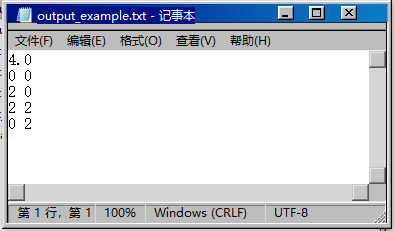
生成 output 文件后,每个 output 都要画出图像,这里就不需要大家自己画了,
提供了 display.py,这是用于生成图像的代码。
def display(input_txt_path, output_txt_path):
import matplotlib.pyplot as plt
'''
input1:input_txt_path=input_example.txt的路径
input2:output_txt_path=output_example.txt的路径
return:保存conex_hull图像
'''
with open(input_txt_path, "r") as f:
input_lines = f.readlines()
with open(output_txt_path, "r") as f:
output_lines = f.readlines()
whole_points = input_lines
area = round(float(output_lines[0]), 1)
hull_points = output_lines[1:]
x_list = [int(x.split(" ")[0]) for x in whole_points]
y_list = [int(x.split(" ")[1]) for x in whole_points]
plt.plot(x_list, y_list, marker='.', linestyle='None')
hx_list = [int(x.split(" ")[0]) for x in hull_points]
hy_list = [int(x.split(" ")[1]) for x in hull_points]
plt.plot(hx_list, hy_list, marker='*', linestyle='None', markersize=10)
title = plt.title(f'Area : {area}')
plt.setp(title, color='r')
plt.savefig(output_txt_path[:-3]+"png", bbox_inches='tight')
if __name__ == "__main__":
input_txt_path = "./input_example.txt"
output_txt_path = "./output_example.txt"
display(input_txt_path, output_txt_path)通过调用提供的 display 函数,生成的图像效果如下:
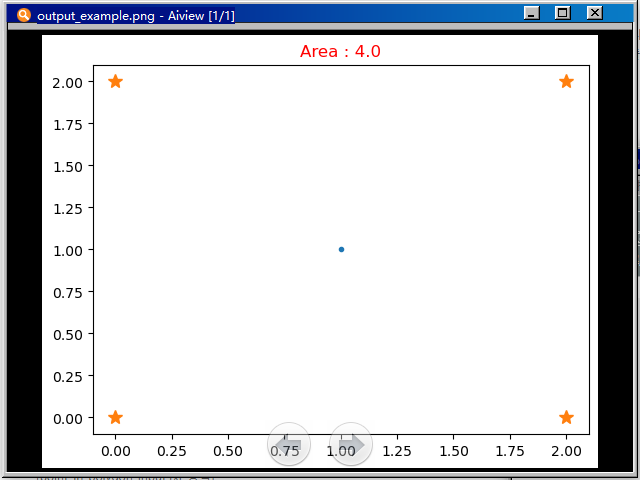
任务3:点是否在多边形内
给定 个点构成平面多边形,计算凸包及其面积。
| input | Output |
| 5 // N 个点 0 0 // (x1, y1) 2 0 // (x2, y2) 2 2 1 1 0 2 | 4 (0, 0), (2, 0), (2, 2), and (0, 2) are points of convex hull. |
您可以从 point_in_polygon_input.txt 输入 5 个坐标,并将它们与在刚才实现的 "练习1" 中保存的output1, output2, output3.txt 的多边形进行比较,以 "in" 或 "out" 的形式输入5个坐标。
这里的 point_in_polygon_input.txt 仍然是要自己创建,复制粘贴手动创建:
point_in_ploygon_input.txt:
0 0
1 1
10 10
50 50
70 70因此,与3个 output1-3.txt 的文件相比,必须生成 3 个output 文件,格式演示如下:

参考代码
# -*- coding: utf-8 -*-
import math
def read_points(p):
L = []
with open(p, 'r') as FILE:
line = FILE.readlines()
Lx, Ly = [int(i.split(" ")[0]) for i in line], [int(i.split(" ")[1]) for i in line]
cur, sz = 0, len(Lx)
for cur in range(sz):
x, y = Lx[cur], Ly[cur]
L.append(
(x, y)
)
return L
def get_rad(px, py):
pi = math.pi
a = px[0] - py[0]
b = px[1] - py[1]
if a == 0:
if b:
return pi / 2
else:
return -1
rad = math.atan(float(b) / float(a))
if rad < 0:
return rad + pi
else:
return rad
def sort_points_tan(p, pk):
L = []
resL = []
i = 0
sz = len(p)
for i in range(sz):
L.append({"index": i, "rad": get_rad(p[i], pk)})
L.sort(key=lambda k: (k.get('rad')))
sz = len(L)
for i in range(sz):
resL.append(p[L[i]["index"]])
return resL
def calc_area(points):
sz = len(points)
points.append(points[0])
S = 0
for i in range(sz):
S += (points[i][0] + points[i + 1][0]) * (points[i + 1][1] - points[i][1])
return abs(S) / 2
def convex_hull(p):
p = list(set(p))
k = 0
sz = len(p)
for i in range(1, sz):
if p[i][1] < p[k][1]:
k = i
if (p[i][0] < p[k][0]) and (p[i][1] == p[k][1]):
k = i
pk = p[k]
p.remove(p[k])
p_sort = sort_points_tan(p, pk)
L = [pk, p_sort[0]]
sz = len(p_sort)
for i in range(1, sz):
while (( (L[-2][0] - L[-1][0]) * (p_sort[i][1] - L[-1][1]) - (p_sort[i][0] - L[-1][0]) * (L[-2][1] - L[-1][1]) ) > 0):
L.pop()
L.append(p_sort[i])
return L
def check(sp, ep, p):
if sp[0] < p[0] and ep[1] > p[1]:
return False
if sp[1] == p[1] and ep[1] > p[1]:
return False
if ep[1] == p[1] and sp[1] > p[1]:
return False
if sp[1] == ep[1]:
return False
if sp[1] > p[1] and ep[1] > p[1]:
return False
if sp[1] < p[1] and ep[1] < p[1]:
return False
if ep[0] - (ep[0] - sp[0]) * (ep[1] - p[1]) / (ep[1] - sp[1]) < p[0]:
return False
return True
def inpoly(p, poly_points):
cnt = 0
i = 0
sz = len(poly_points)
for i in range(sz):
p1, p2 = poly_points[i], poly_points[(i + 1) % sz]
if check(p1, p2, p):
cnt += 1
if cnt % 2 == 1:
return True
else:
return False
def write_in_out(test_points, poly_points, out_txt_path):
with open(out_txt_path, "w") as FILE:
i = 0
for i in test_points:
if inpoly(i, poly_points):
FILE.write("in")
else:
FILE.write("out")
FILE.write("\n")
def write_area(poly_points,out_path):
res = convex_hull(poly_points)
with open(out_path,"w") as FILE:
FILE.write(str(calc_area(res)))
FILE.write('\n')
sz = len(res)
for i in range(sz - 1) :
FILE.write(str( res[i][0]))
FILE.write(" ")
FILE.write(str(res[i][1]))
FILE.write("\n")
return res
test_points = read_points("point_in_polygon_input.txt")
poly_out_path = "foxny_point_in_polygon_output1.txt" #####
poly_points = read_points("input1.txt") ####
area = write_area(poly_points, "foxny_output1.txt") ######
write_in_out(test_points , area, poly_out_path)
def display(input_txt_path, output_txt_path):
import matplotlib.pyplot as plt
'''
input1 : input_txt_path = path of input_example.txt
input2 : output_txt_path = path of output_example.txt
return : save convex_hull image
'''
with open(input_txt_path, "r") as f:
input_lines = f.readlines()
with open(output_txt_path, "r") as f:
output_lines = f.readlines()
whole_points = input_lines
area = round(float(output_lines[0]), 1)
hull_points = output_lines[1:]
x_list = [int(x.split(" ")[0]) for x in whole_points]
y_list = [int(x.split(" ")[1]) for x in whole_points]
plt.plot(x_list, y_list, marker='.', linestyle='None')
hx_list = [int(x.split(" ")[0]) for x in hull_points]
hy_list = [int(x.split(" ")[1]) for x in hull_points]
plt.plot(hx_list, hy_list, marker='*', linestyle='None', markersize=10)
title = plt.title(f'Area : {area}')
plt.setp(title, color='r')
plt.savefig(output_txt_path[:-3]+"png", bbox_inches='tight')
####################################################################################1
if __name__ == "__main__":
input_txt_path = "input1.txt"
output_txt_path = "foxny_output1.txt"
display(input_txt_path, output_txt_path)
""🚩 结果演示:
foxny_output1.png
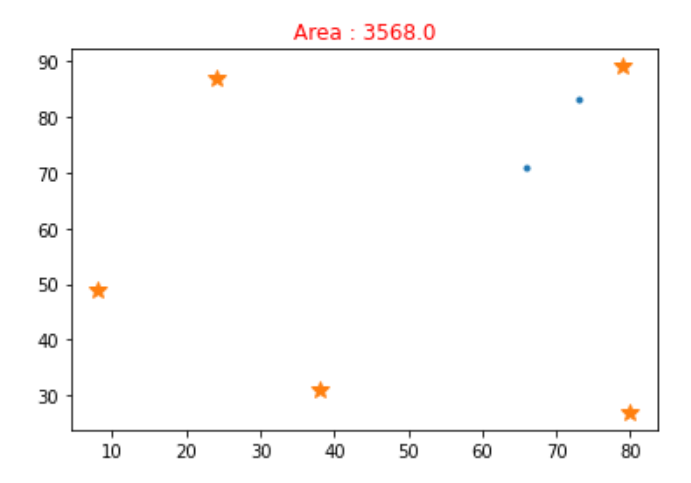
foxny_ouput2.txt
3568.0
80 27
79 89
24 87
8 49
38 31foxny_output2.png
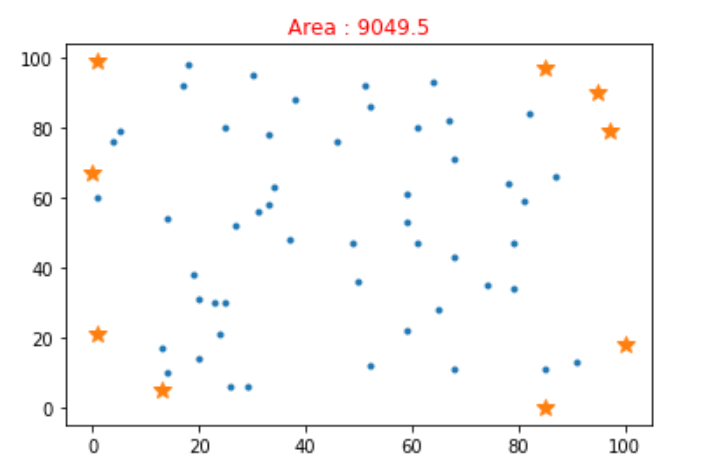
foxny_output2.txt
9049.5
85 0
100 18
97 79
95 90
85 97
1 99
0 67
1 21
13 5
foxny_output3.png
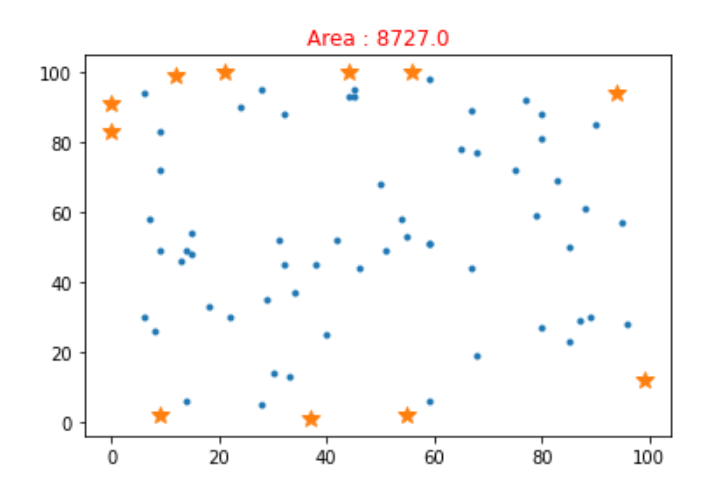
foxny_output3.txt
8727.0
37 1
55 2
99 12
94 94
56 100
21 100
12 99
0 91
0 83
9 2
foxny_point_in_polygon_output1.txt
out
out
out
in
in
foxny_point_in_polygon_output2.txt
out
out
in
in
in
foxny_point_in_polygon_output3.txt
out
out
in
in
in

📌 [ 笔者 ] 王亦优
📃 [ 更新 ] 2022.12.12
❌ [ 勘误 ] /* 暂无 */
📜 [ 声明 ] 由于作者水平有限,本文有错误和不准确之处在所难免,
本人也很想知道这些错误,恳望读者批评指正!| 📜 参考资料 Darel Rex Finley. Point-In-Polygon Algorithm — Determining Whether A Point Is Inside A Complex Polygon[EB/OL]. 1998,2006,2007[2022.12.12]. http://alienryderflex.com/polygon/. C++reference[EB/OL]. []. http://www.cplusplus.com/reference/. Microsoft. MSDN(Microsoft Developer Network)[EB/OL]. []. . 百度百科[EB/OL]. []. https://baike.baidu.com/. |
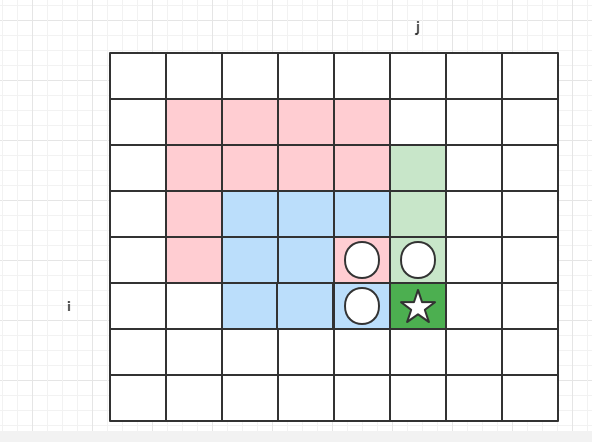
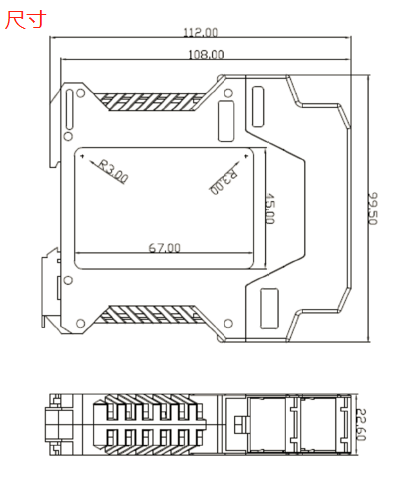
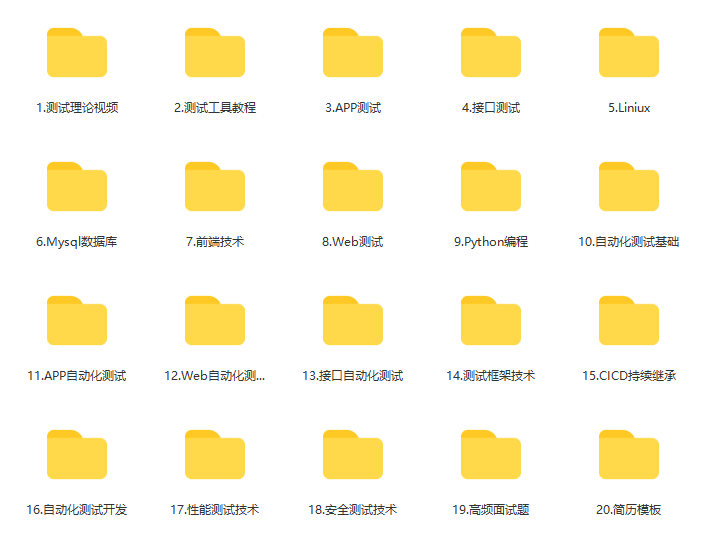

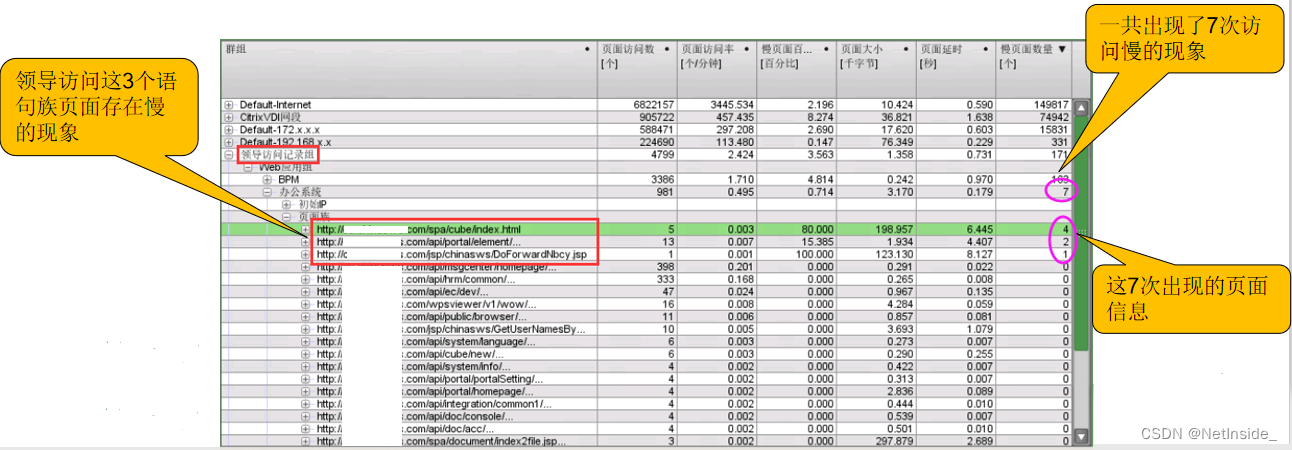






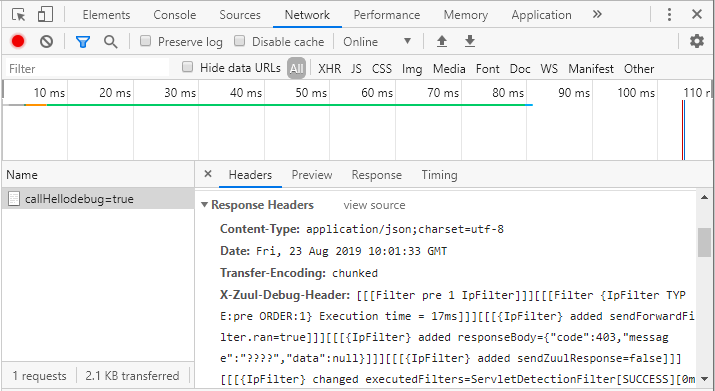
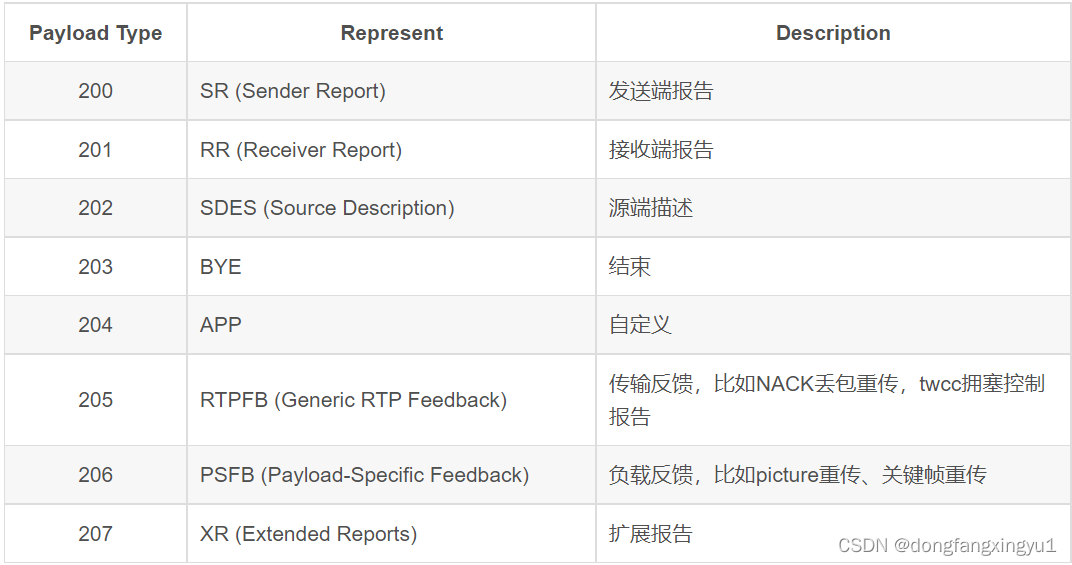


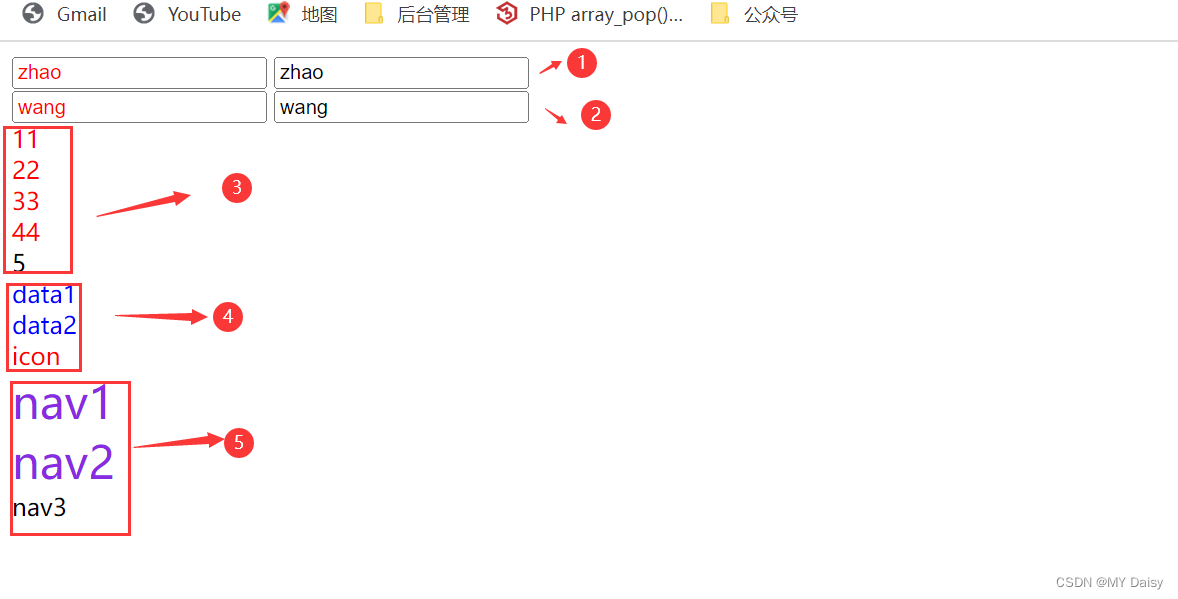

![[附源码]Python计算机毕业设计Django的个人理财系统](https://img-blog.csdnimg.cn/872389624d32432aa700982e34bd416e.png)
